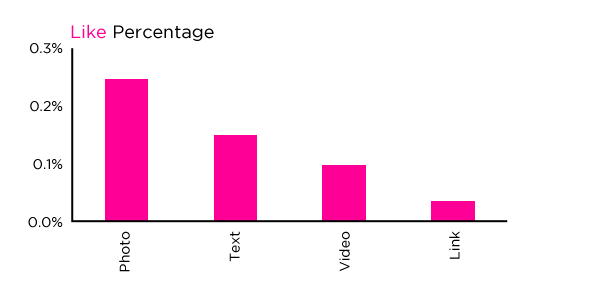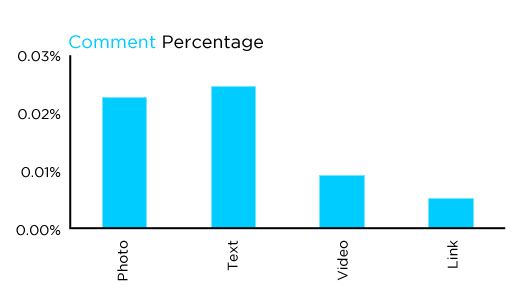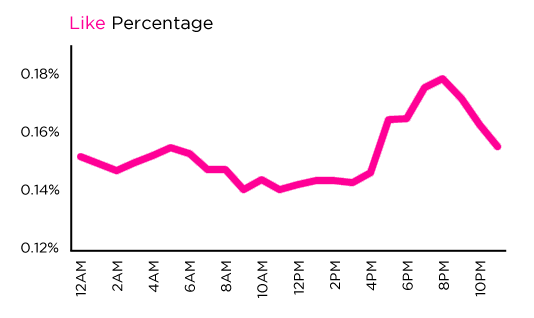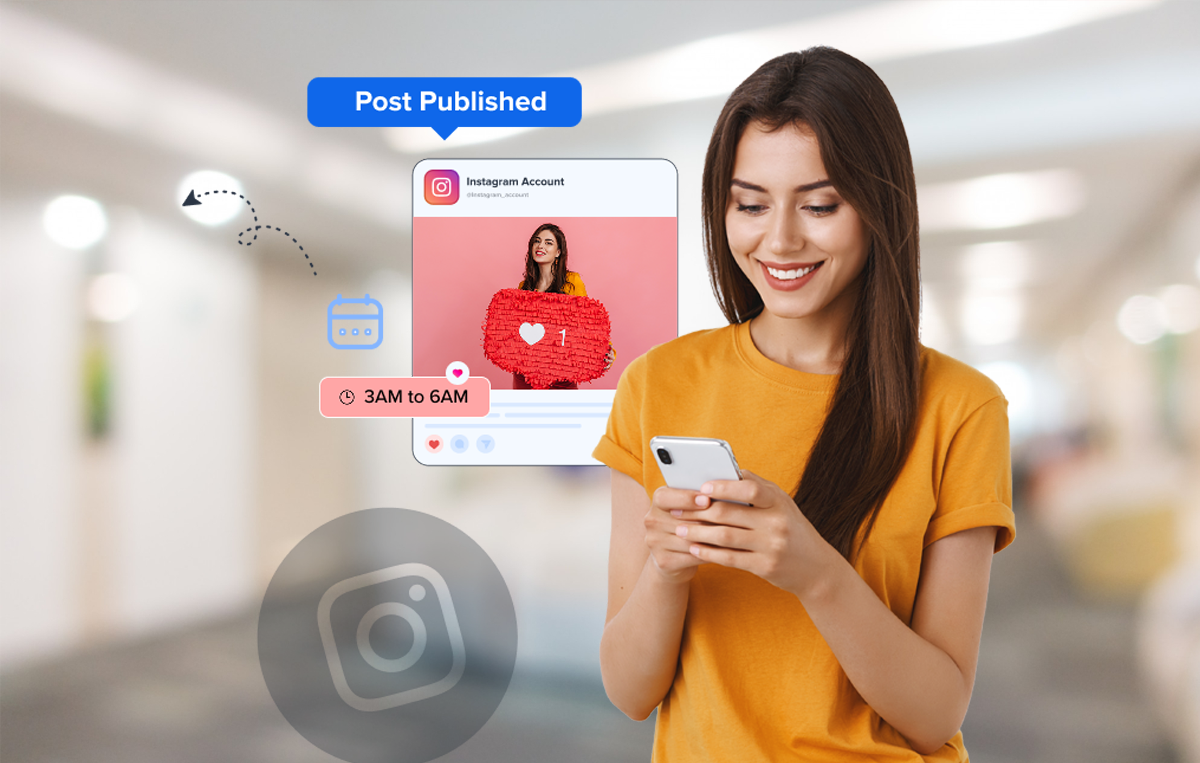Let’s face it – without a stellar engagement, your brand’s online presence is as good as its absence.
It sure is disheartening to see that the content you’re producing is not fetching you the expected results. With so much competition on social media, you might struggle to get people to see, like, or comment on your posts.
You know how onerous it can get to swell those engagement numbers. And, that’s precisely why you’re here, to extract some knowledge on how to get more likes, comments, shares, on social media, in this case Facebook.
This article takes you through a few observations from a study based on Facebook that can result in increasing engagement on your Facebook posts.
Let’s unravel a few gems from the enigmatic world of Facebook. Shall we?
Decoding 1.3 Million Facebook Posts
Dan Zarrella, a social media marketing analyst, collected data on more than 1.3 million Facebook posts published on the top 10,000 pages in order to create a great sample size to determine the best strategies known till date.
And, what did he intend to do with this data?
His goal was to help the average social media user in getting more comments, likes, and shares on their Facebook posts.
In order to test the posts and pages for efficacy, Zarella scoured all of them and identified some common characteristics that coincided with high and low performance measures.
The calculation was based on the percentage of total likes, comments, and shares a specific post received. It was then compared to the corresponding percentage for the entire page.
Zarella’s study showed that a large number of popular posts had pictures.
Don’t be surprised.
Today, your target audience on social media prefers to indulge in ‘visual learning’ and appreciates posts with visual appeal. Moreover, pictures work well since most social media posts are created for easy scanning.
Hence, marketers, today, are finding novel ways to present information in a visual format, for example, infographics, animated videos, GFX videos, etc.

When it comes to the number of shares, visual content wins, again. On the other hand, shares received on text and link posts are also much lesser than those received on photos.
A recent study by eMarketer also concurs, stating that photos make up for 75% of content posted on Facebook. They are also more likely to be retweeted on Twitter.
If you have been posting less or no visual content on your social media pages, it could be one of the reasons why your marketing efforts aren’t receiving enough likes and shares.
Text Posts Attract More Comments
If you wish to make your audience interact with you on a more personal level – that is by commenting – then take the ‘text’ route.
Unlike their performance in the ‘likes’ and ‘shares’ categories, text posts beat photos, videos, and link posts in the ‘comments’ category.

Text posts can be of various kinds – text accompanying a photo or an image, including some text. Hence, it makes sense that photos come in a close second after text posts when it comes to getting comments. In fact, they’re only about 10% lower performing than text posts. Videos are 60% less likely to get comments and link posts about 80% less likely.
So, why do texts get more comments?
One theory says that creators design text posts to ask questions or encourage their audience to interact through comments. If you notice, a lot of text posts have questions and personal opinions. These, of course, beg a response.
Then there are the text posts, which are emotionally charged. If someone posts a positive comment about an achievement, they are likely to get many congratulatory remarks.
The study further showed that posts written in first-person using keywords like “I” or “me” tend to get more likes. The audience doesn’t relate to a generic post as much as it does to a personal post.
According to Adweek, text posts may also be doing better simply because the consumers come across them more often.
Does the Length of a Post Matter?
Every social media platform has a character limit, and that’s to keep our feeds easily scannable. According to Zarella’s study, length matters yet it also differs in two categories.
It’s difficult to say for sure why, but the theory is that the longer the post, the more likely someone will share it rather than try to summarize it on their own feed. Another theory purports that extremely long text posts may be made up of extremely important information and therefore are more likely to be shared to spread the word.
Similarly, when it comes to Facebook Likes, very short posts might not need a detailed response, so people just hit Like. On the other hand, very long posts can feel overwhelming, so users may also just Like them instead of engaging further.
So how much is too much exactly? According to a study by Kevan Lee, the best length for a Facebook post is 40 characters or less.
The Time of Posting Makes a Big Difference
You’d think with all the mobile technology we have, it wouldn’t matter when we post. If everyone has access to their smartphone around the clock and is notified of new Facebook posts on their feed, then why would the time of day or even the day really matter? Is there really a best time to post on Facebook?
The study showed that it matters a lot. If you want a lot of Likes, you’d be wise to post between 5 pm and 10 pm. If you want Shares, posting between 4 pm and 8 pm is your best bet.

It does appear that people are checking their social media accounts throughout the day on mobile devices or work computers, but they are more likely to do so in quick actions rather than more intensive interactions.
That means you’ll see Shares spiking throughout the day as people come across amusing media, but if you want them to show something they truly like and maybe even want to comment on, that comes once the work day is over.
This makes sense since most periods of browsing are going to occur off the clock and during the evening hours.
FastCompany seems to agree with these metrics and adds that users would be wise to avoid posting before 8 am on any platform. Pre-work hours are the worst times to post on social media.
The same idea applies to the days of the week. People are more active on social media when they’re not working. That’s why weekends usually see more Likes, Shares, and Comments than weekdays.
But when it comes to choosing the best time to post, don’t rely on general averages. Look at your own data instead.
Use social media reporting tools to uncover what really works for you – when your audience is online, which posts perform best, and which days get the most engagement.
Automate Your Posts to Leverage the Most
This shouldn’t come as a surprise to you as a marketer. Marketing, for the most part, is ruled by automation tools and software now. And when it comes to social media marketing, you simply can’t ignore it.
If you’re using multiple accounts and posting on a daily basis, then automating your posts should do wonders for your interaction levels.
Use a social media automation tool like SocialPilot to schedule your posts in advance. What’s more? Analyze the performance of those posts. And a lot more!

